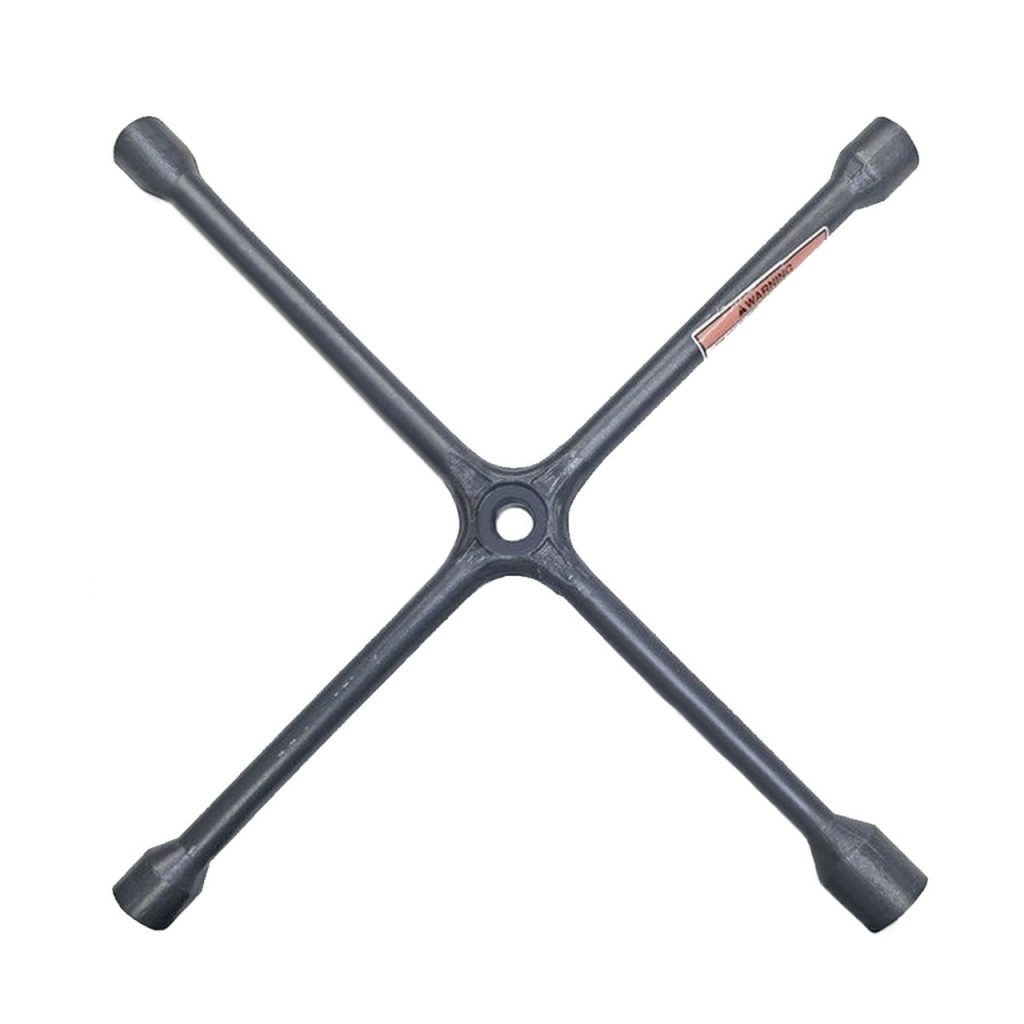16 September 2022
It’s probably been 25 years since I’ve changed a tire but I did today. With Fiona looking stronger and heading westward, I decided to go top off the jeep with diesel. As I backed out of the garage, the warning light for my tires came on and the left rear was reading zero pounds per square inch. I thought it a mistake and when I got out and looked, it was flat as a pancake. I must have picked up a nail somewhere.
I find procrastination sometimes beneficial. It allowed me to think about taking my flat to Ovidios on US 441 in Hollywood. I finally thought it through and decided to change the flat to the spare today and take it in early tomorrow to get the flat fixed.
I used to change tires frequently and not always due to flats. I had a red 1985 Chevrolet pickup (three on the column) and I would rotate the tires with that.
It was fun to drive up to a valet and watch them try to shift gears on a column. They had no idea where reverse, first, second or third were on the column.
If you ever changed a tire, you know one real problem is mechanics often use pneumatic wrenches to tighten the lug nuts on the tire. They can be almost impossible to loosen. When I had the red pickup, I purchased a four sided lug wrench which gave me more torque (thanks Leon Tadlock for that physics lesson) and I could loosen the lug nuts a little easier.


- is the torque vector and
is the magnitude of the torque,
is the position vector (a vector from the point about which the torque is being measured to the point where the force is applied),
is the force vector,
denotes the cross product, which produces a vector that is perpendicular to both r and F following the right-hand rule,
is the angle between the force vector and the lever arm vector.

Sadly, it was stolen out of my truck one night. I sold the red truck to a fellow faculty member. He said he wanted something he could work on instead of having to take to the dealer. It didn’t have a computer and it was a flat head six cylinder that he was familiar with. When he bought it from me, that’s when I purchased a white 95 Chevy pickup. (I tend to hold on to vehicles for a long time.)
I was used to rotating the tires on the red pickup and I continued that tradition with the white one. It was shortly after I moved in to my current home (27 years ago) that I last rotated the tires. Ever since then, I’ve always let the dealership do the job for me. I’ve continued with that with the jeep.
Every vehicle I’ve owned had a different jack, lug wrench, place to position the jack under the vehicle chasis, different storage locations for the jack and lug wrench depending on the vehicle and different instructions on how to change the tire in the vehicle owner’s manual.
In the red pickup, the jack and lug wrench were under the hood. In the white pickup, it was behind the seat. In the jeep, it’s in the cargo space in the rear under a panel. For the pickups, I had full size spares which were kept under the bed of the truck. (Weirdly, one year I had a blow out of the spare when it was stored under the truck.) The jeep has a temporary, albeit full size spare under the panel and the jack and lug wrench are found with the spare.
I always check out the owner’s manual and it indicated where the jack was to be placed for a rear flat. The front tires have their own location. Even more peculiar was the spare should only be used for rear flats. If the front is flat, you are required to remove a rear tire and place it on the front and then use the spare for the rear you replaced to the front. Strange!
It took a while to raise the jeep high enough to get the spare to begin to lift off the ground. Before I did get it high enough, I loosened the lug nuts and surprisingly, I was able to do it without too much exertion. In times past, I’ve had to put a pipe on the end of the lug wrench to give me more torque (again, thanks Leon).
After loosening the lug nuts, I continued to raise the rear and easily removed the lug nuts, pulled the flat off and with a lot of effort, lift the spare into place and hand tighten the lug nuts. Then I let the jeep down and tightened the lugs. All in all, it probably took me around 45 minutes to complete the job. Tomorrow, I’ll take the flat in to be repaired. The spare is good for 50 miles at 55 mph. After that, all bets are off.
I was pleased that I remembered what to do and how to do it. I forgot how heavy tires are and I’ll more than appreciate Ovidios putting the spare back in the space under the panel. It was all I could do to lift the flat back into the cargo space.
